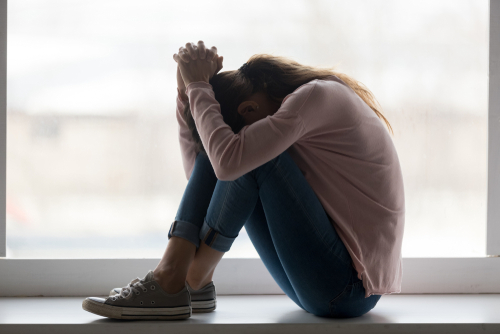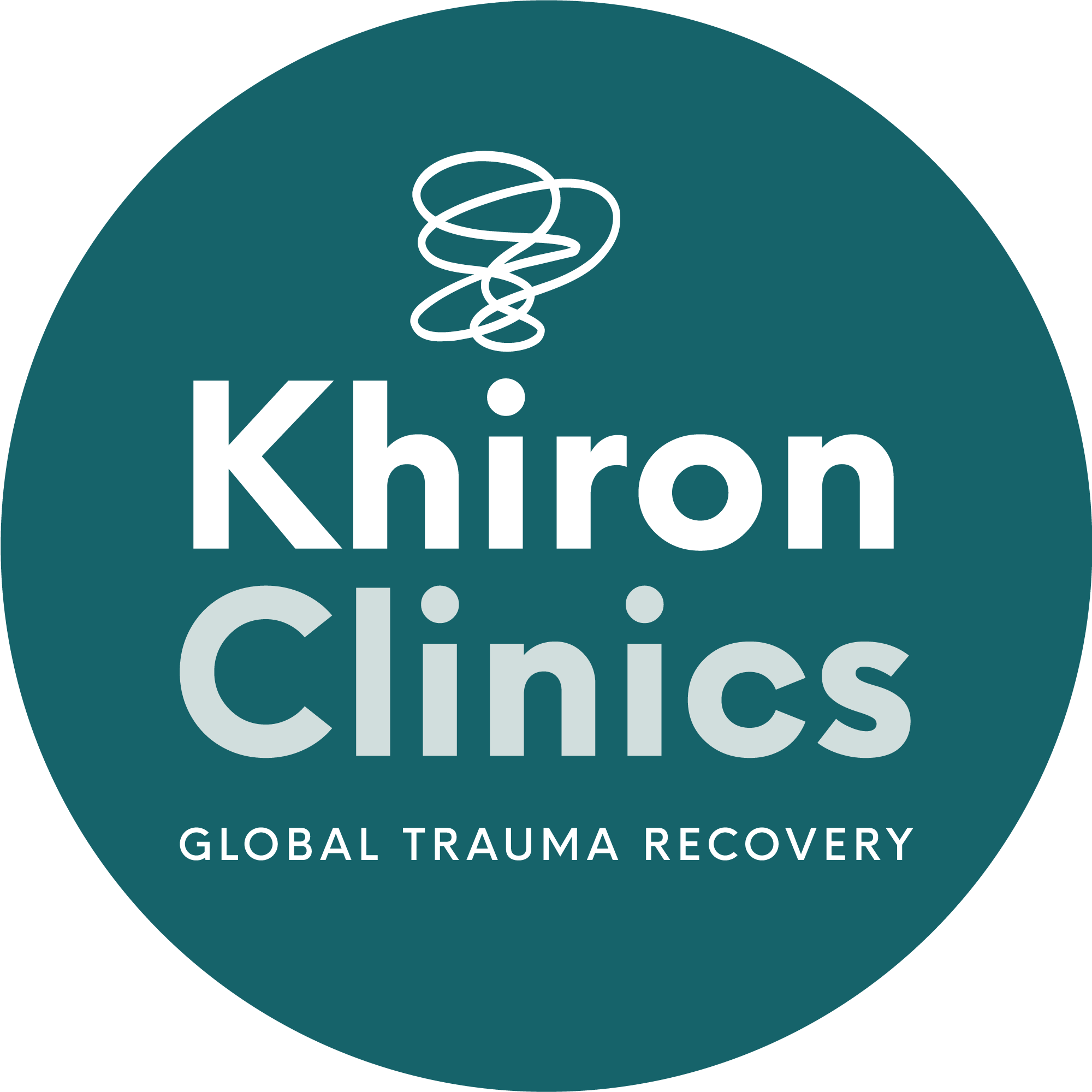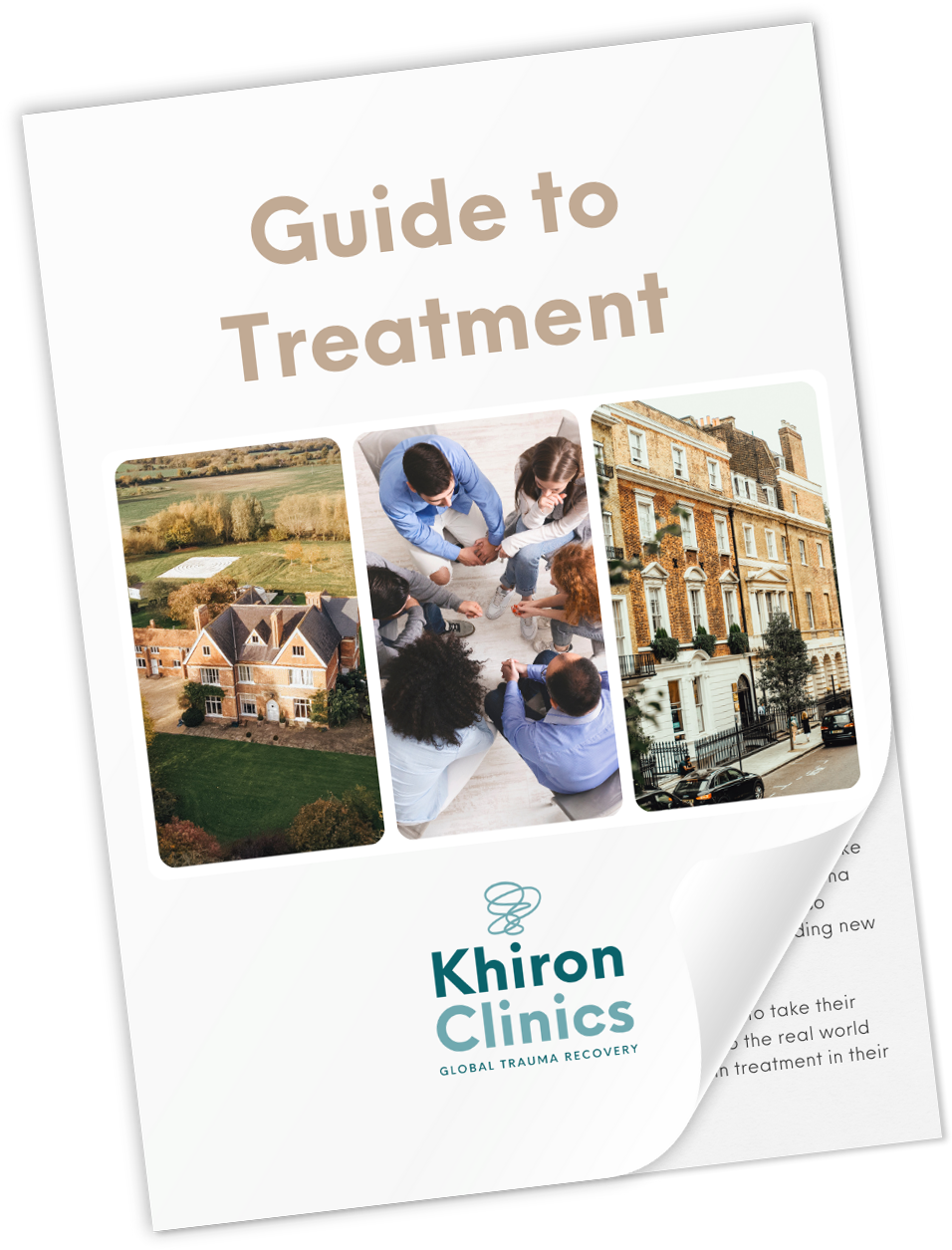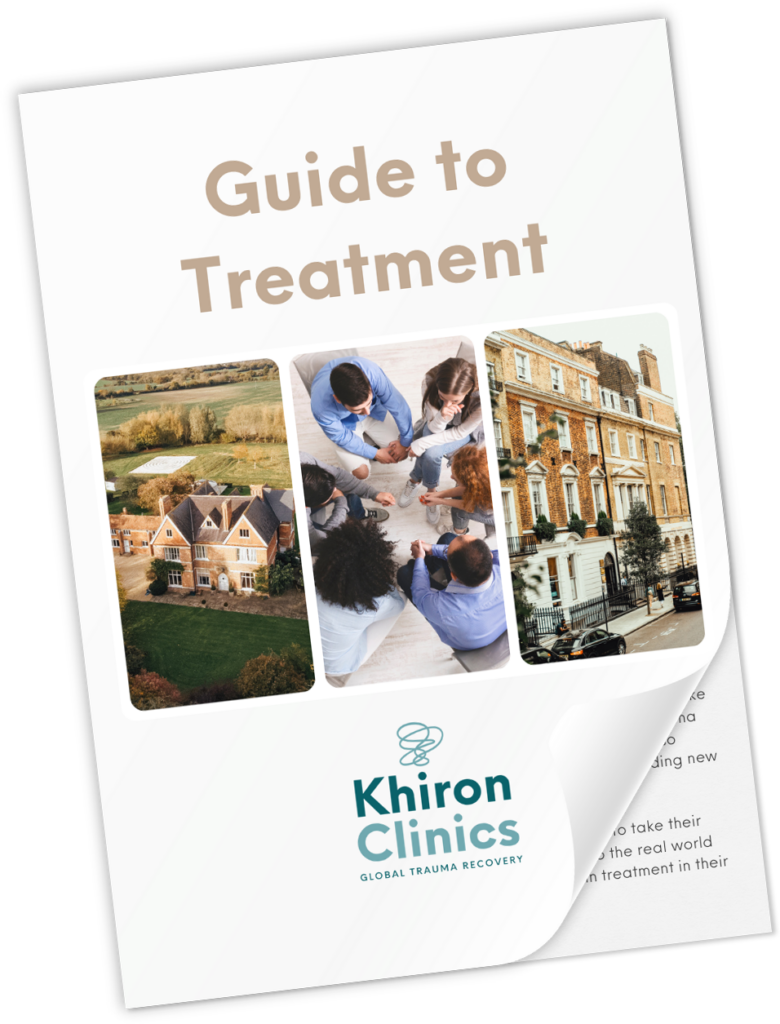Trauma and Anxiety in Young Adults
On the surface, trauma and anxiety seem like very different issues. Where trauma stems from experiencing an intensely distressing or life-threatening event, or series of events, anxiety is a mental health condition that young adults can struggle with regardless of whether they have experienced trauma in the past.
However, there is a close connection between trauma and anxiety, and experiencing trauma can contribute to the development of anxiety disorders.
How Trauma Affects the Developing Brain
Children’s brains constantly learn and develop; however, exposure to trauma or adverse childhood experiences (ACEs) can change how it grows.
For example, studies have shown that the amygdala of children who have lived through neglect and abuse matures faster, in what is known as the stress acceleration hypothesis. The amygdala acts like a smoke alarm, alerting people to danger. After trauma, the amygdala can become overactive, causing reactions not proportional to the perceived threat. Alternatively, the threat system can also become underactive, contributing to dissociation.
The brain is programmed to protect people when they encounter dangerous situations. It initiates the fight or flight response, preparing the body to run away or fight off the danger, stimulating the release of cortisol and norepinephrine to help fuel the body. However, even after the event has passed, or if people face ongoing traumatic situations such as abuse, they can struggle to move out of the fight-or-flight state.
When the body is constantly trapped in a state of fight or flight, it continues to release hormones to help the body get away. This can be incredibly damaging to people’s health over time and can contribute to anxiety development.
Research has linked traumatic experiences to significant neurological changes that can affect the brain’s structure. One study found that young adults who experience childhood trauma and neglect had greater activation within the amygdala, the part of the brain which helps with emotional regulation, which could contribute to heightened anxiety in trauma survivors.
Trauma and Anxiety
Anxiety is a common symptom experienced by trauma survivors. Even things they used to do regularly before a traumatic event, such as going for a run, can be incredibly anxiety-inducing and overwhelming. Some people may avoid anything that makes them anxious. Although this provides short-term relief, it can increase anxiety in the future, making it challenging for people to overcome.
There are many types of anxiety that people can experience:
Agoraphobia – Agoraphobia is the fear of being in a situation or place where escape is impossible. People may begin to avoid places where they feel panicked or trapped, which can cause problems in everyday life.
Panic disorder – Panic attacks are intense feelings of terror and apprehension without the presence of danger. They can strike suddenly and cause symptoms from chest pain to nausea and an accelerated heart rate. Panic disorder involves experiencing panic attacks without warning.
Social anxiety – Those who struggle with social anxiety worry excessively about social situations, fearing that people will negatively judge them for their actions. It can lead to avoidance behaviours, and people can isolate themselves and decline invitations to events, leading to a greater sense of isolation.
Hypervigilance
Hypervigilance is associated with both trauma and anxiety. It involves people being highly aware and alert of their surroundings, constantly aware of any potential threats, even if nothing is present.
Hypervigilance can include symptoms such as:
An exaggerated startle response
Struggling to focus
Difficulty regulating emotions
Persistent worry
Difficulty sleeping
Restlessness
Overestimating a threat
Obsessive avoidance of perceived threats
Chronic hypervigilance is the body’s way of protecting people from potentially threatening or dangerous situations, especially if they have experienced trauma in the past. It can be triggered by feeling trapped or experiencing something related to past trauma, such as being in the same area.
Anxious Attachment
Attachment styles develop in early childhood and influence how adults form relationships and perceive the world. Children and teenagers with anxious attachment styles may have had parents who were inconsistent with their responses, such as being sometimes caring but cold and distant at other times. It can also develop due to childhood neglect and abuse or early separation from a caregiver, such as in the case of divorce.
Young adults with an anxious attachment style can struggle with many symptoms of anxiety, as well as:
Trusting others
Being clingy with their partners
Being scared of abandonment by their loved ones
Requiring constant reassurance that people care about them
Difficulty regulating negative emotions
Coping with Trauma-based Anxiety
Anxiety and trauma in all their forms can be safely addressed with a combination of professional interventions and self-care, including:
Breathwork – deep, controlled breaths stimulate the parasympathetic nervous system, also known as the rest and digest system. This helps the body move from fight-or-flight to a sense of safety, helping to relieve anxiety. Practising breathwork and breathing techniques is very simple and can be done anywhere. Taking a few minutes to breathe deeply, engaging the diaphragm, and exhaling slowly, can improve regulation in an anxious moment.
Healthy distractions – anxiety can be all-consuming, and it is only natural that young people do not want to feel that way. However, some may turn to unhealthy coping mechanisms to distract them from their feelings, such as spending excessive amounts of time on social media or abusing alcohol. Instead, explore healthy distractions that give intense anxiety some time to decrease, such as reading a book, journalling, or even doing chores. Distraction is not a solution for anxiety; avoiding it too much can worsen it, but distractions can offer a small reprieve when it feels too intense.
Professional help – addressing the root causes of trauma can improve symptoms in young adults, including trauma-related anxiety. There are a variety of treatments to help young people confront their anxiety and trauma, including neurofeedback and somatic experiencing, all of which can vastly improve their mental health and well-being.
Trauma can be a significant cause of anxiety in young adults, affecting every facet of their daily lives. However, by remaining patient, committed, and proactive in seeking help, young adults can successfully navigate and overcome the challenges of trauma-related anxiety and move towards a future full of hope and healing.



